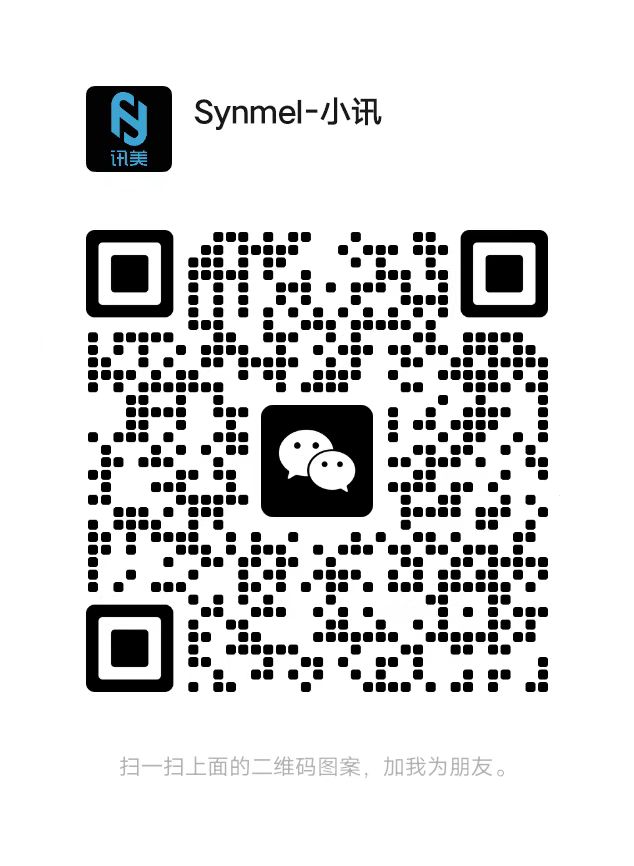- English
- Español
- Português
- русский
- Français
- 日本語
- Deutsch
- tiếng Việt
- Italiano
- Nederlands
- ภาษาไทย
- Polski
- 한국어
- Svenska
- magyar
- Malay
- বাংলা ভাষার
- Dansk
- Suomi
- हिन्दी
- Pilipino
- Türkçe
- Gaeilge
- العربية
- Indonesia
- Norsk
- تمل
- český
- ελληνικά
- український
- Javanese
- فارسی
- தமிழ்
- తెలుగు
- नेपाली
- Burmese
- български
- ລາວ
- Latine
- Қазақша
- Euskal
- Azərbaycan
- Slovenský jazyk
- Македонски
- Lietuvos
- Eesti Keel
- Română
- Slovenski
- मराठी
- Srpski језик
The difference between RF Label and barcodes
2024-12-03
RF label and barcodes are two common automatic identification technologies. They have significant differences in functions, working principles, application scenarios, etc. The following are their main differences:
1. Working principle
Barcode: Barcodes represent data through graphics. The scanning device reads the barcode through a beam of light, and the barcode pattern reflects light and is converted into digital information through a decoder. Direct line of sight is required for scanning, and it cannot be read without line of sight.
RF label: RF label use radio waves to transmit data. It consists of a chip and an antenna, which can exchange data with a reader and writer through wireless signals without physical contact. No direct line of sight is required, it can be read through radio waves, and has a certain reading distance.
2. Data storage and capacity
Barcode: Barcodes can generally only store limited digital or alphabetic information, usually a few digits or letters. The data storage capacity is very small, and usually only static information can be stored.
RF label: The chip in the RF label can store more information than the barcode. In addition to storing a unique identifier, it can also store a variety of data. The storage capacity of the RF tag is large, and it can store data from a few bytes to several kilobytes according to different needs.
3. Reading method
Barcode: The barcode must be within the visible range and in the correct direction to be scanned.
The reading speed is slow, and the scanning device is usually required to scan the barcodes one by one, and it can only be read when contacting and scanning one by one.
RF label: RF labels can be scanned without line of sight, and the reading method is usually contactless, and data is transmitted between the reading and writing device and the tag via radio waves. The reading speed is fast, and the RF reader can read multiple tags at the same time.
4. Durability and environmental adaptability
Barcode: Barcodes rely on paper or plastic labels, which are easily damaged, stained or worn, affecting the accuracy of reading.
RF label: RF labels are usually more durable, can withstand harsh environmental conditions, have strong waterproof and dustproof capabilities, are not easy to damage, and are suitable for environments such as industry and logistics that require high strength and durability.
5. Cost
Barcode: The cost of barcodes is low because the equipment for printing barcodes and the cost of label production are relatively cheap. It can be widely used in low-cost scenarios such as retail and logistics.
RF labels: RF labels are expensive, especially active RF labels, which are much more expensive than barcode tags.
6. Application scenarios
Barcodes: widely used in retail, logistics, warehousing and other scenarios, suitable for situations where simple information needs to be identified and will not be affected by environmental damage.
RF labels: widely used in scenarios that require remote reading, automated processing, and batch reading, especially for enterprises, production lines, airports and other places that require real-time tracking and efficient inventory management.
7. Information update and maintenance
Barcodes: Barcodes are static and cannot be updated once generated. If the information needs to be changed, a new barcode label must be reprinted.
RF labels: RF labels can perform dynamic information updates, and the stored information in the tag can be written and changed multiple times, which facilitates real-time data updates.
In general, barcodes and RF labels have their own advantages and disadvantages and are suitable for different application scenarios. Barcodes are widely used in simple, low-cost environments, while RF performs better in situations that require remote reading, efficient processing and high durability.




